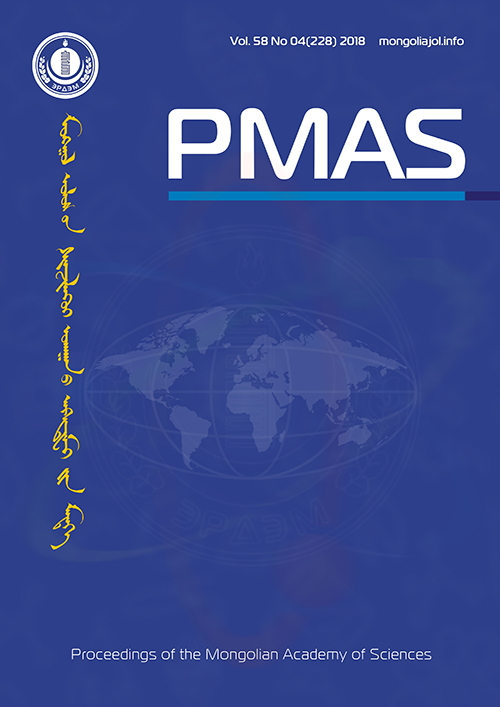The efficiency forecast of trilateral transit transportation of economic corridor
DOI:
https://doi.org/10.5564/pmas.v58i4.1054Keywords:
Economic corridor, data envelopment analysis, efficiency, transit transportation, railwayAbstract
The development basis of a country is human capital which follows the transportation and infrastructure issues. In particular, landlocked countries with fewer neighbours ought to create transit transportations with its bordering countries that could help to reduce transportation costs, develop economies, transportation and tourism with neighbours, as well as promote regional economic relations and cooperation. An efficient transit transport is vital for landlocked states. Due to the lack of access to seaports, transit transportation is a unique way to connect with the neighbouring countries. Mongolia’s geographical location, the rapid development of the mining and energy sectors are critically important for connecting with the “New Silk Road”, the “Development Road National Programme” (former Steppe Road) and the “Eurasian Transportation Corridor”. This paper is an attempt to forecast the efficiency of transit transport between Mongolia, China and Russia. The article focuses on the prerequisites for the development of the methodology for measuring the transit transport performance. Mongolia-China-Russia economic corridor marks a watershed in intensifying trilateral cooperation between Mongolia, China and Russia, which would not only create favorable conditions for furthering trilateral cooperation, but also promoting regional economic cooperation. Therefore, the paper has used Mongolian Railway statistical data of 2017 to provide efficiency analysis of the central railway system. A total of four types of railway transportation is carried out in Mongolia and transit transportation is relatively efficient. The efficiency calculation and performance of transport system of Mongolia were measured using the Data Envelopment Analysis.
Downloads
2196
Downloads
Published
How to Cite
Issue
Section
License
Copyright on any research article in the Proceedings of the Mongolian Academy of Sciences is retained by the author(s).
The authors grant the Proceedings of the Mongolian Academy of Sciences a license to publish the article and identify itself as the original publisher.

Articles in the Proceedings of the Mongolian Academy of Sciences are Open Access articles published under a Creative Commons Attribution 4.0 International License CC BY.
This license permits use, distribution and reproduction in any medium, provided the original work is properly cited.

